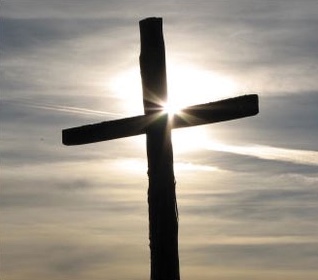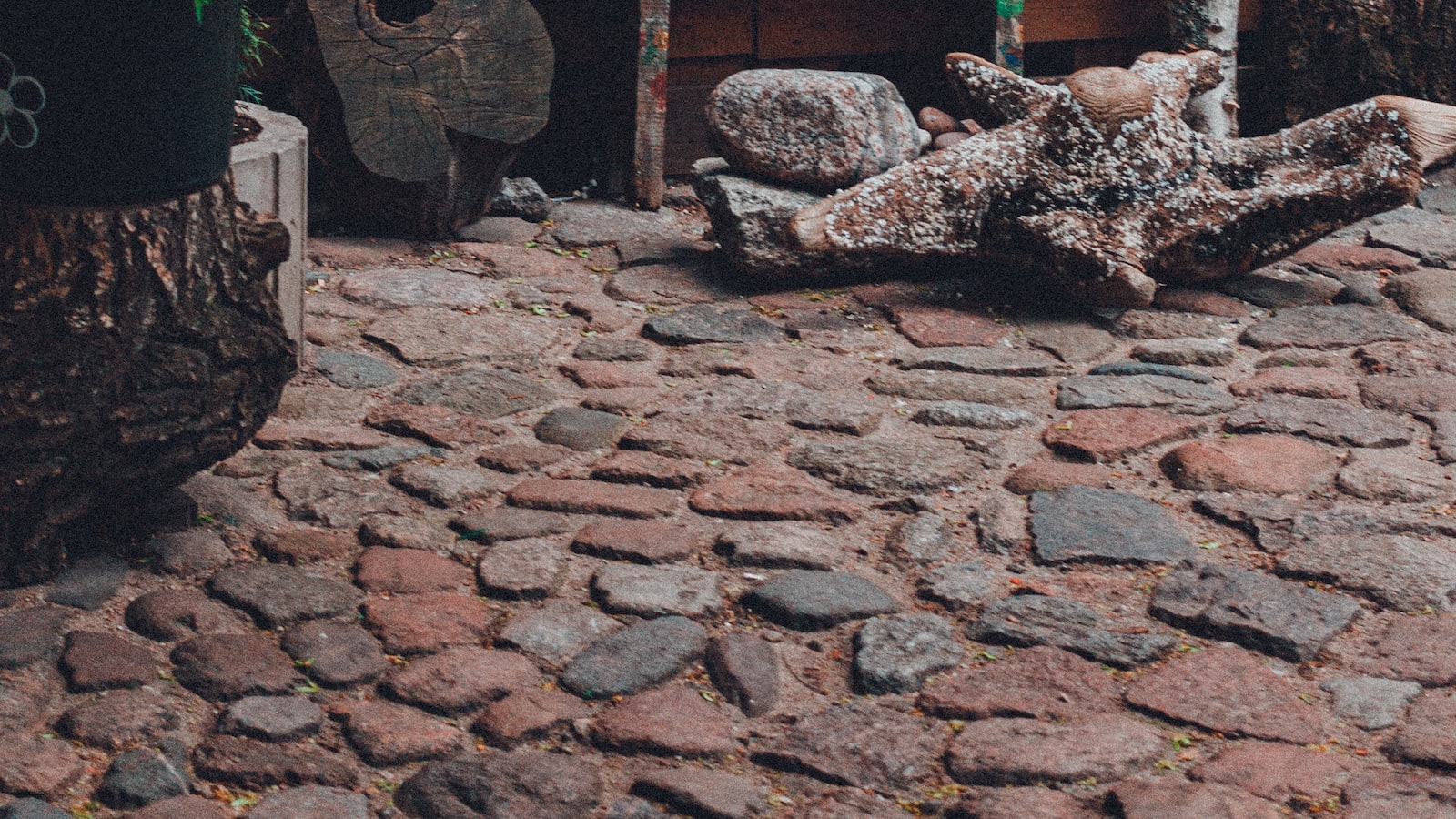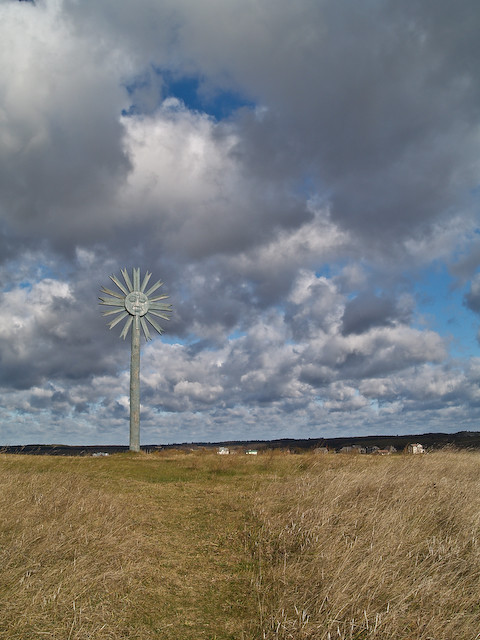In the enchanting land of Lithuania, where tales of old resonate through time, a tapestry of traditions awaits discovery. From the depths of its pagan roots to the intertwined threads of Christian heritage, this Baltic gem proudly displays a rich cultural heritage that captivates both the curious traveler and the avid historian. Step into the realm where ancient customs blend seamlessly with contemporary existence, as we embark on a journey through Lithuania’s captivating past and the diverse tapestry it weaves today. Join us as we unravel the layers of this enchanting country, where pagan echoes dance with Christian traditions, painting a vibrant portrait of a land that holds history close to its heart.
Pagan Origins: Unraveling Lithuania’s Pre-Christian Cultural Tapestry
Step into a world where ancient traditions still dance among the rolling hills and dense forests of Lithuania. The roots of Lithuanian culture run deep, woven with threads of pagan origins that defy the passage of time. In this enchanting tapestry of customs and beliefs, Lithuania’s pre-Christian era becomes a captivating journey of exploration and understanding.
Immerse yourself in the fascinating rituals that once echoed through the land, connecting people to their natural surroundings and unseen forces. From raucous midsummer bonfires that celebrated the solstice, to the solemn ceremonies held in sacred groves, Lithuanian paganism was an intricate web of spirituality interwoven with daily life. Discover the deities that held sway over the pantheon, like the mighty thunder god Perkūnas and the goddess of fertility Žemyna, whose presence still lingers in the hearts of the Lithuanian people.

Christian Influences: Tracing the Impact of Christianity on Lithuanian Traditions
Lithuania, a country with a rich cultural heritage, has been profoundly influenced by Christianity throughout its history. The impact of Christian traditions can be observed in various aspects of Lithuanian culture, from traditional customs to religious observances. Let’s take a closer look at some of the key ways in which Christianity has shaped Lithuanian traditions.
Festivals and Celebrations: Christianity has played a significant role in shaping the festive calendar of Lithuania. Several Christian holidays are celebrated with great fervor and are deeply ingrained in the Lithuanian culture. Some of the most prominent ones include:
- Easter: A time when Lithuanians rejoice in the resurrection of Jesus Christ. Families come together, attending church services, and engaging in vibrant traditions such as egg decorating and sharing meals.
- Midsummer Day: Known as “Joninės” or “Rasos,” this celebration falls on June 24th and marks the birth of St. John the Baptist. It is a lively event where people gather around bonfires, engage in folk dances, and indulge in traditional foods.
- Christmas: Lithuanians embrace the spirit of Christmas by adorning their homes with elaborate decorations and partaking in festive rituals. The twelve dishes served on Christmas Eve, a representation of the twelve apostles, hold deep religious significance.
Religious Art and Architecture: Christianity’s influence is evident in the captivating religious art and architecture that can be found throughout Lithuania. From beautifully adorned churches to intricately crafted religious icons, these works of art signify both the devotion and skill of Lithuanian artisans. The Gothic, Renaissance, and Baroque styles prevail in many cathedrals and chapels, showcasing the profound impact Christianity has had on Lithuania’s architectural landscape. The grandeur of these structures serves as a testament to the strong influence of Christianity on the nation’s artistic expressions.

Preserving Heritage: Exploring Lithuania’s Commitment to Cultural Conservation
Lithuania, an enchanting country nestled in the Baltic region of Europe, boasts a rich cultural heritage that stretches back centuries. Blessed with a tapestry of stunning landscapes, picturesque villages, and majestic castles, Lithuania is deeply committed to preserving its unique heritage for future generations.
At the heart of Lithuania’s cultural conservation efforts lies a dedication to safeguarding its traditional folk art. From intricately woven textiles to exquisite woodcarvings, these age-old crafts continue to captivate visitors and locals alike. Lithuania’s commitment to the preservation of its cultural traditions can be witnessed through initiatives such as:
- Heritage Workshops: These immersive experiences allow artisans to pass down their skills to younger generations, ensuring the continuity of traditional craftsmanship in Lithuania.
- Restoration Projects: Dilapidated manor houses, historic churches, and ancient fortresses receive meticulous restoration, enabling visitors to step back in time and appreciate Lithuania’s architectural treasures.
- Cultural Festivals: Vibrant celebrations showcase Lithuanian music, dance, and cuisine, creating an atmosphere that celebrates and honors the country’s rich cultural tapestry.
- Museum Exhibitions: Museums throughout Lithuania exhibit an impressive array of artifacts, manuscripts, and artwork, preserving and displaying the nation’s heritage in engaging and educational ways.
As Lithuania continues to embrace its commitment to cultural conservation, the nation stands as a testament to the importance of preserving one’s past to forge a vibrant and diverse future.

Must-Visit Destinations: Immersing in Lithuania’s Rich Folklore and Cultural Experiences
Experience a captivating journey through Lithuania, a country steeped in rich folklore and cultural heritage. From ancient legends to vibrant traditions, this enchanting destination offers a tapestry of experiences that will leave you in awe. Here are some must-visit destinations that will immerse you in Lithuania’s fascinating folklore and provide you with unforgettable cultural encounters.
The Hill of Crosses: Nestled in the countryside, this iconic pilgrimage site is a testament to Lithuania’s deep-rooted beliefs and resilience. As you wander through the rolling landscape covered in thousands of crosses, each one representing a heartfelt prayer, you cannot help but feel the spiritual energy that permeates this sacred place.
The Vilnius Old Town: Prepare to be transported back in time as you step into the UNESCO World Heritage-listed Vilnius Old Town. Stroll along its narrow cobblestone streets, and you’ll be greeted by an array of architectural gems, including colorful Baroque buildings and Gothic churches. Take a moment to pause at the Gates of Dawn, a historic city gate housing a revered religious icon, and absorb the centuries of history that echo through its walls. And if you are lucky enough to visit during the summer, don’t miss out on the lively festivals that celebrate Lithuanian music, dance, and traditional crafts.
The Way Forward
As the ancient echoes of Lithuania’s past resonate through the vibrant tapestry of its present, it is clear that this European gem holds a cultural heritage like no other. From pagan roots to Christian traditions, Lithuania stands as steadfast as the sturdy oak trees that have witnessed its flourishing history.
Peering through the misty veil of time, one can almost see the ancient Baltic tribes who once called this land home. Their whispers can still be heard in the ethereal song of the wind, reminding us of a time when nature and spirituality intertwined seamlessly. But as the waves of Christianity washed upon Lithuanian shores, a transformation began – a fusion of old and new, intertwining beliefs and practices that would shape the nation’s identity for centuries to come.
The strength of Lithuania’s cultural identity lies in its ability to embrace paradoxes, to weave a delicate tapestry that reflects the diverse threads of its past. The wooden crosses that dot the countryside, standing proudly amidst vast green fields, bear testament to an enduring connection to both paganism and Christianity – a unique synthesis that embodies the resilience of a nation.
Lithuania’s rich tapestry of traditions unfolds like a symphony, each passing generation adding a new note to the melody. From the elaborate folklore that dances through village communities to the grandeur of its UNESCO World Heritage sites, the country’s cultural heritage is a treasure trove waiting to be explored.
Yet, the true glory of Lithuania’s heritage lies not only in its physical manifestations but in the hearts and minds of its people. The warmth and hospitality that welcomes visitors, sharing cherished customs and legends, is the bedrock upon which this cultural legacy stands. It is within the laughter of children dressed in traditional costumes and the fervor of festivals celebrating ancient rituals that the spirit of Lithuania’s ancestors continues to live on.
As we conclude our exploration into Lithuania’s rich cultural heritage, we find ourselves filled with a sense of awe and reverence. This land, where pagan roots have intertwined with Christian traditions, has created a tapestry that is as delicate as lace, as resilient as iron, and as captivating as a fairytale.
In the face of countless conquests and hardships, Lithuania remains a testament to the enduring power of cultural heritage. It is a story that once again reminds us of the universal human desire to find meaning and unity amidst a world of ever-changing landscapes. So, let us journey to Lithuania, where the past and present entwine, and discover the whispers of a truly remarkable heritage that will forever resonate in our hearts.

